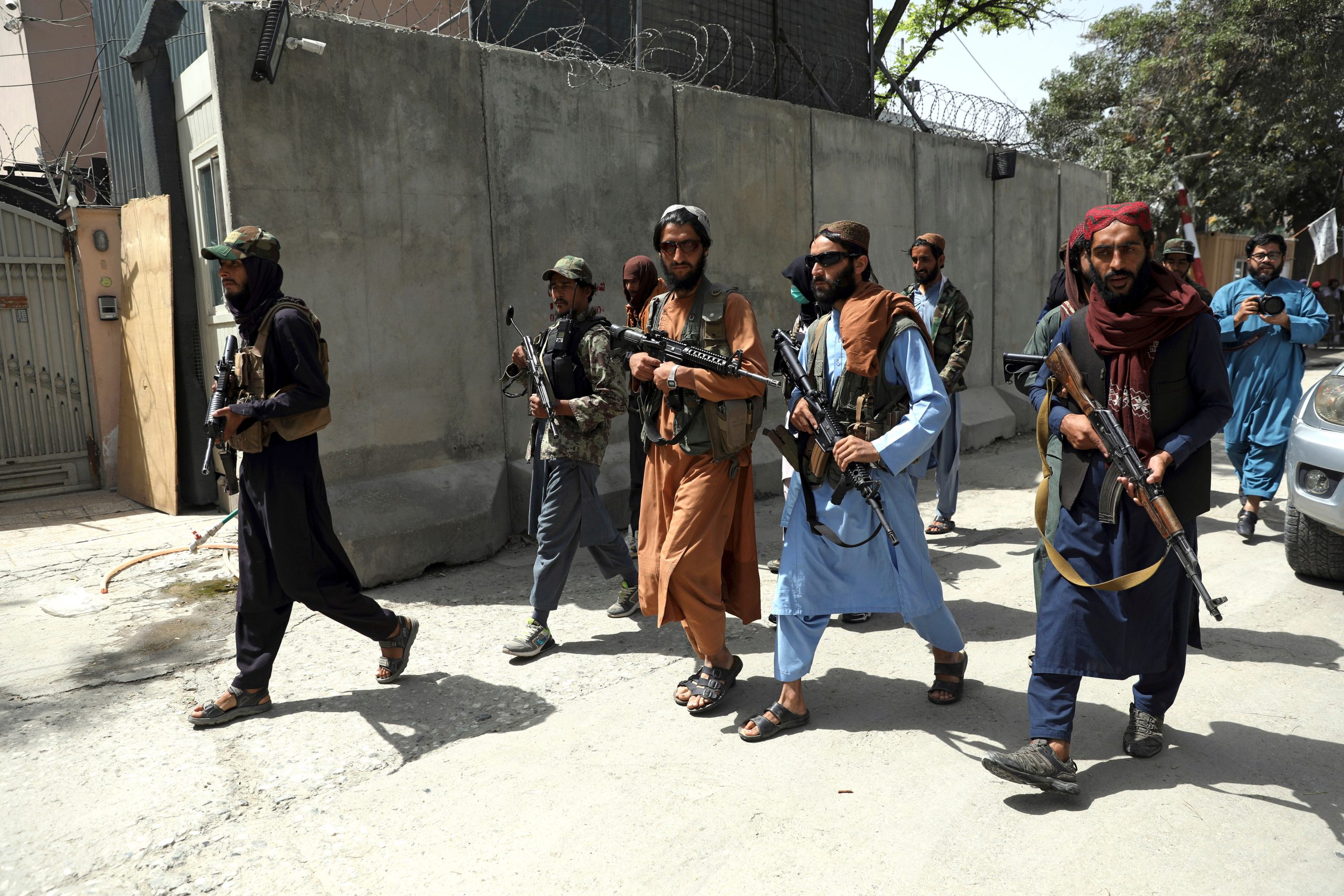Corruption in the US-backed Afghan government played a substantial part in its ouster by the Taliban, the country’s former finance minister has said. Officials invented “ghost soldiers” and took payments from the Taliban before the insurgent group eventually seized control of Afghanistan in a lightening offensive mid-August. Khalid Payenda said that most of the 300,000 troops and police existed only on paper. Payenda, who resigned and left Afghanistan in the midst of the Taliban offensive, said the total number of Afghan security forces may have been inflated by more than six times.
“The way the accountability was done, you would ask the chief in that province how many people you have and based on that you could calculate salaries and ration expenses and they would always be inflated,” he told the BBC.
Taliban run background checks within ranks to ‘find and eliminate’ IS members
Desertions and slain soldiers were never accounted for because some of the commanders would withdraw their salaries, he alleged.
Payenda said troops were often not paid on time, while some leaders of government-backed militias were “double-dipping” by accepting payments from both the government and the Taliban.
Taliban plan to build new air force in Afghanistan
“The whole feeling was, we cannot change this. This is how the parliament works, this is how the governors work. Everybody would say the stream is murky from the very top, meaning the very top is involved in this,” he said.
Payenda said the West was partly to be blamed for the Afghanistan crisis, and its involvement in the country was “a great opportunity lost.”
A 2016 report by the US Special Inspector General for Afghanistan Reconstruction (Sigar) claimed that neither the United States nor its Afghan allies knew about the actual number of Afghan soldiers and police, or “how many are in fact available for duty, or, by extension, the true nature of their operational capabilities.”
In another report, Sigar flagged “corrosive effects of corruption… and the questionable accuracy of data on the actual strength of the force.”







